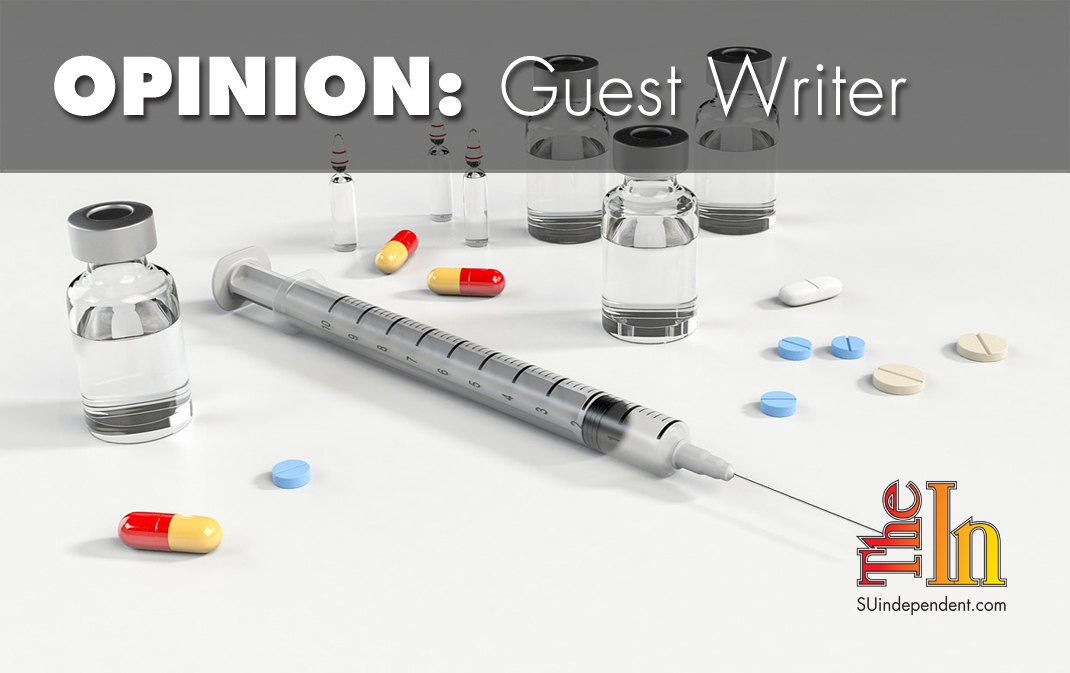
Price controls would kill medical innovation
By Sandip Shah
Department of Health and Human Services Secretary Alex Azar recently proposed sweeping reforms to Medicare. He hopes the changes will reduce the prices of many cancer drugs and other advanced therapies.
The proposal may accomplish that goal, but at great costs to patients’ health. The overhaul would stifle innovation and smother the cures of tomorrow.
The proposal targets Medicare Part B drugs, which include advanced cancer treatments, immunotherapies, and other medicines administered under physician supervision.
According to HHS, these drugs cost 80 percent more on average in the United States than in most European nations.
Drugs are more expensive in the United States since other wealthy nations impose price controls on medications. Regulators in the United Kingdom conduct a cost-effectiveness analysis on each drug and refuse to cover medicines priced above an arbitrary limit. Canadian regulators outright dictate drug prices.
Sec. Azar wants to import this price control model by indexing Medicare drug payments to the average sales prices of drugs in 14 other developed nations.
Price controls would impede investment into new medicines. Right now, drug companies have a financial incentive to launch medicines in America. Last year, 92 percent of all new medicines approved around the world were made available first in the United States.
By contrast, patients in price-controlled nations wait months to access the same treatments. From 2011 to 2018, patients in Germany and the UK waited an average of nine months longer than U.S. patients did for new oncology drugs.
A few months could make the difference between life and death for patients with serious illnesses.
Price controls would also stifle innovation. The United States leads the world in drug development. Biopharmaceutical companies have invested more than $500 billion in research and discovery since the turn of the century.
Thanks in part to this investment, Americans are living a full decade longer than they were in 1950.
Consider breakthroughs in treating hepatitis C, a potentially fatal liver disease. Roughly a decade ago, an older generation of therapies cured only four in ten patients after 48 weeks of treatment. Today, the latest drugs cure 90 percent of patients in as little as eight weeks.
But research investments are risky. It takes $2.6 billion and 15 years to bring a new drug to market. The vast majority of drug compounds never make it out of the lab.
Capping the price of drugs would make it much harder for companies to recoup their investments. Firms would lose the incentive to develop new cures, and patients would suffer as a result.
There are 7,000 drugs in development worldwide. But these drugs may never exit the lab if the United States imposes price controls. Sec. Azar should scrap his Medicare proposal to protect patients and taxpayers.
Sandip Shah is the founder and president of Market Access Solutions, a global market access consultancy, where he develops strategies to optimize patient access to life-changing therapies.
The viewpoints expressed above are those of the author and do not necessarily reflect those of The Independent.
How to submit an article, guest opinion piece, or letter to the editor to The Independent
Do you have something to say? Want your voice to be heard by thousands of readers? Send The Independent your letter to the editor or guest opinion piece. All submissions will be considered for publication by our editorial staff. If your letter or editorial is accepted, it will run on suindependent.com, and we’ll promote it through all of our social media channels. We may even decide to include it in our monthly print edition. Just follow our simple submission guidelines and make your voice heard:
—Submissions should be between 300 and 1,500 words.
—Submissions must be sent to editor@infowest.com as a .doc, .docx, .txt, or .rtf file.
—The subject line of the email containing your submission should read “Letter to the editor.”
—Attach your name to both the email and the document file (we don’t run anonymous letters).
—If you have a photo or image you’d like us to use and it’s in .jpg format, at least 1200 X 754 pixels large, and your intellectual property (you own the copyright), feel free to attach it as well, though we reserve the right to choose a different image.
—If you are on Twitter and would like a shout-out when your piece or letter is published, include that in your correspondence and we’ll give you a mention at the time of publication.



